The typical definition of a ‘road bike’ is flawed. It’s time to change it.
Hannah’s piece from a couple weeks ago got me thinking … or rather, became another set of boxcars on a train of thought that’s been running along in my mind for years now. As she said, for many of us, one bike is all we really need, and the best all-around bike is a gravel bike. The trouble is, there are many other names by which this sort of bike is known: adventure touring, monstercross, gnarmac (that was a new one to me), insert-latest-marketing-catchword-here bike. Delve into many of the latest bike reviews and catalogues, and you can see that there’s no real agreement on what to call that all-arounder category, despite a couple decades of existence. ‘Gravel’ as a descriptor is, let’s face it, a bit stodgy. And—I’m being cheeky here, sorry Hannah—is it still a ‘gravel bike’ if you mostly ride it on dirt roads?
I propose to call the ideal do-everything bike what it really is: a road bike.

What you and I have been trained to think of as ‘road bikes’ are actually road racing bikes, or at best, pavement bikes. (Or ‘tarmac bikes’ … you get the idea.) They are not meant for all roads, only roads specifically built and maintained for vehicles that can go fast and are not all that good at absorbing bumps, roads meant to coddle vehicles that tend to be somewhat fragile when pushed past their limits. (My car is due for its state-mandated annual inspection at this moment, and I dread finding out what expensive damage our local potholes have done to it this year.)
The best all-around bike for most of us is a bike that can handle any and all roads. Roads that haven’t been maintained in decades, possibly centuries. Roads that never saw pavement. The kinds of roads that lead to the most interesting places, and are interesting in themselves.
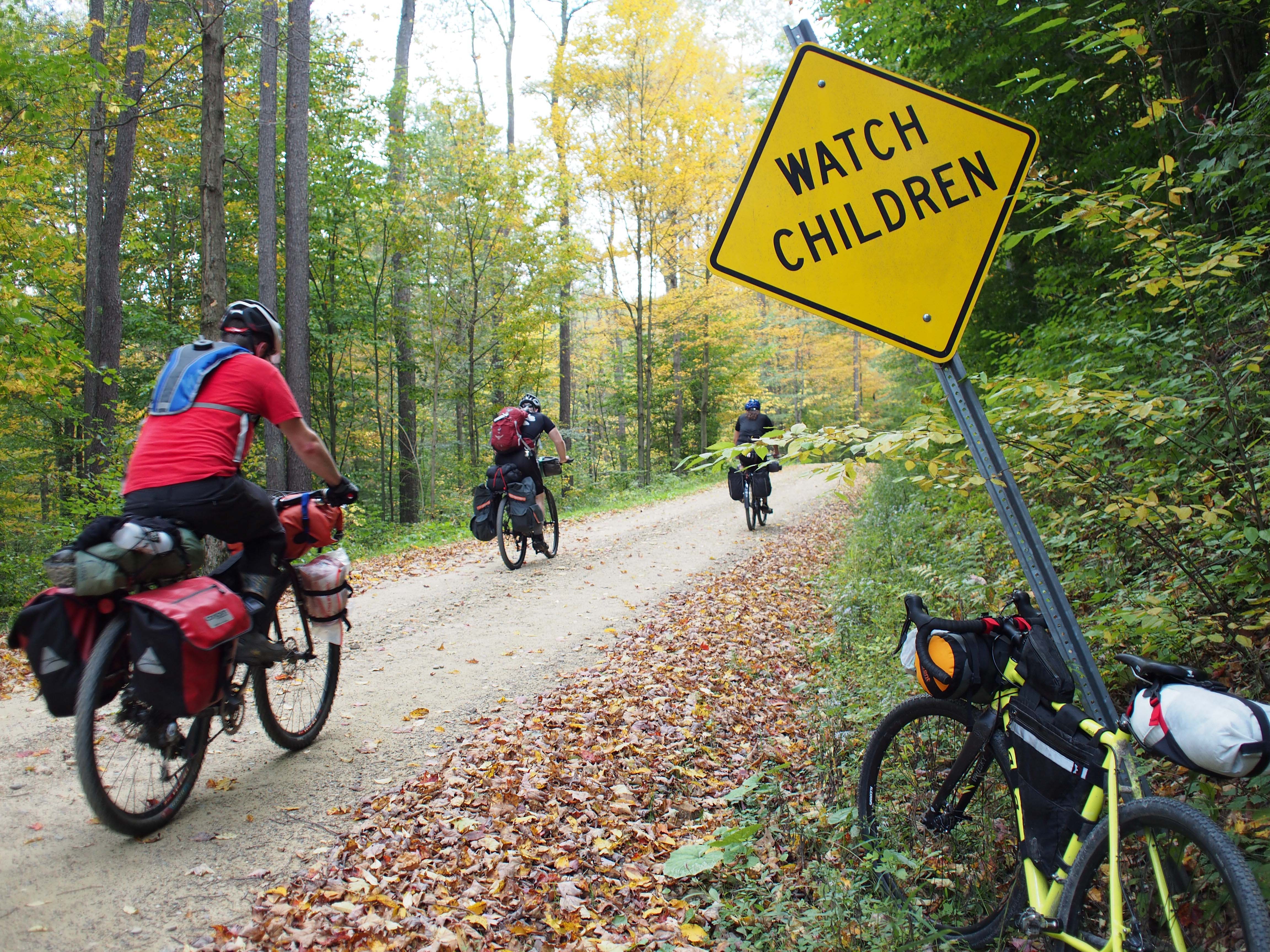
The best real road bike has drop handlebars that allow multiple positions for long rides, but not too far of a drop, so your neck doesn’t get sore when descending on cobbles. It also has room in the frame for tires big enough to handle lots of surfaces, including nasty, mucky dirt and gravel composed of stones big enough to hurt if you threw one at somebody. That frame is sturdy enough to handle repeated jarring, and forgiving enough to insulate you from the full annoyance of that jarring. The steering is quick but not F1-level twitchy. You can hang some water bottles on it, or bags, or racks, or you can hook up a trailer to carry a big pile of stuff. There are probably a few other points I’m forgetting, but the main thing is, a real road bike is made for real roads.
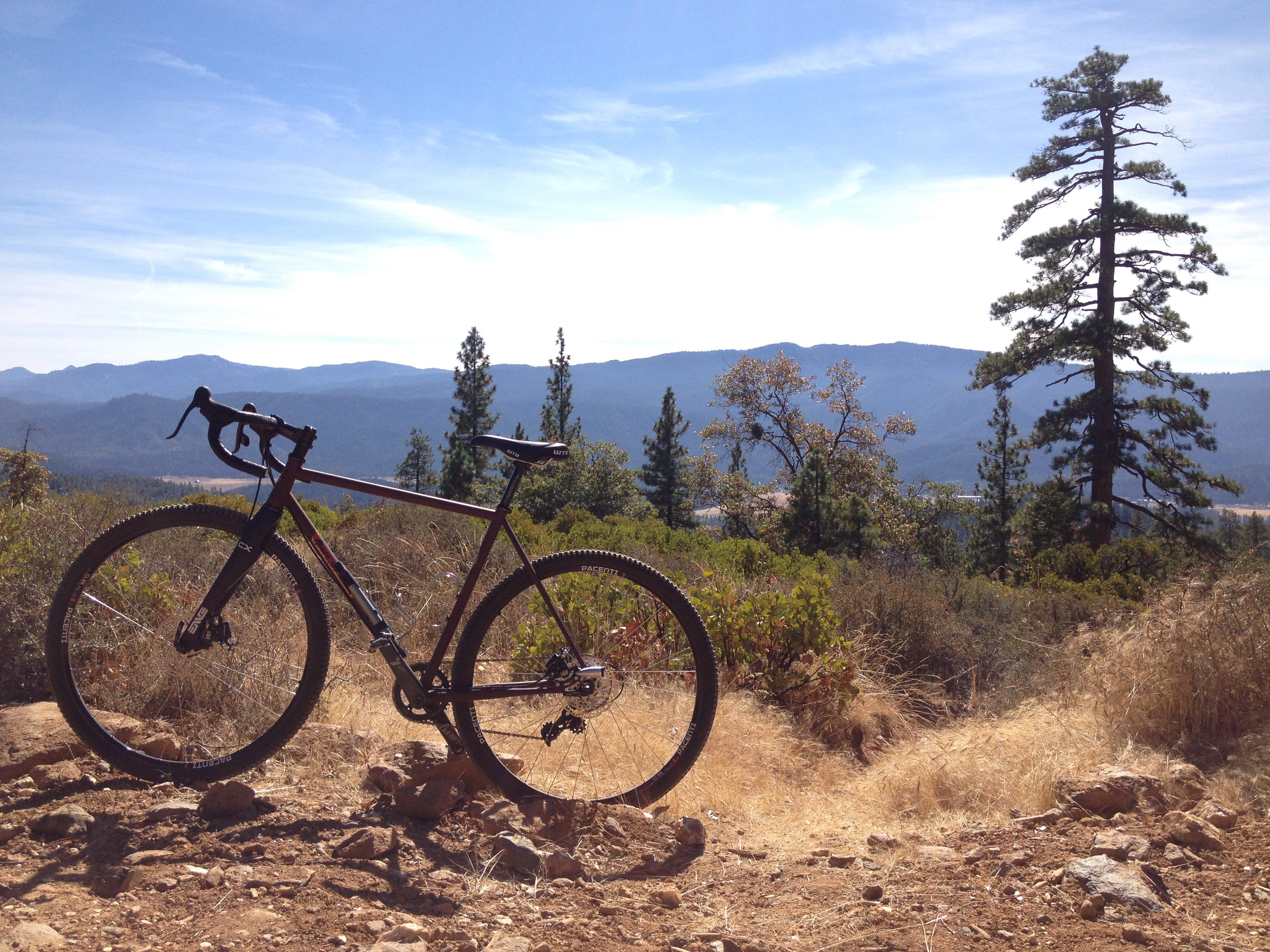
My town is pretty typical of northeastern U.S. cities. People here mutter that the city government is too broke and/or disorganized to put down and maintain proper pavement, but we also have these infernal weather patterns called ‘freeze-thaw cycles’ that are murder on asphalt. A road racing bike is OK here, sometimes, but sits inside for almost half the year when it’s snowy and icy, and is in constant danger of either throwing the rider off or crumpling under the strain when, come spring, one finally ventures out onto streets that look like they’ve been hit with small bombs. The best routes involve gravel rail-trails along the rivers, anyway. From what I’ve seen of European cities, the most durable roads are cobbled—not exactly smooth sailing on a ‘road’ bike (ask George Hincapie). Smooth, empty pavement does exist, I’m sure, somewhere … I’ve seen it, in car commercials.
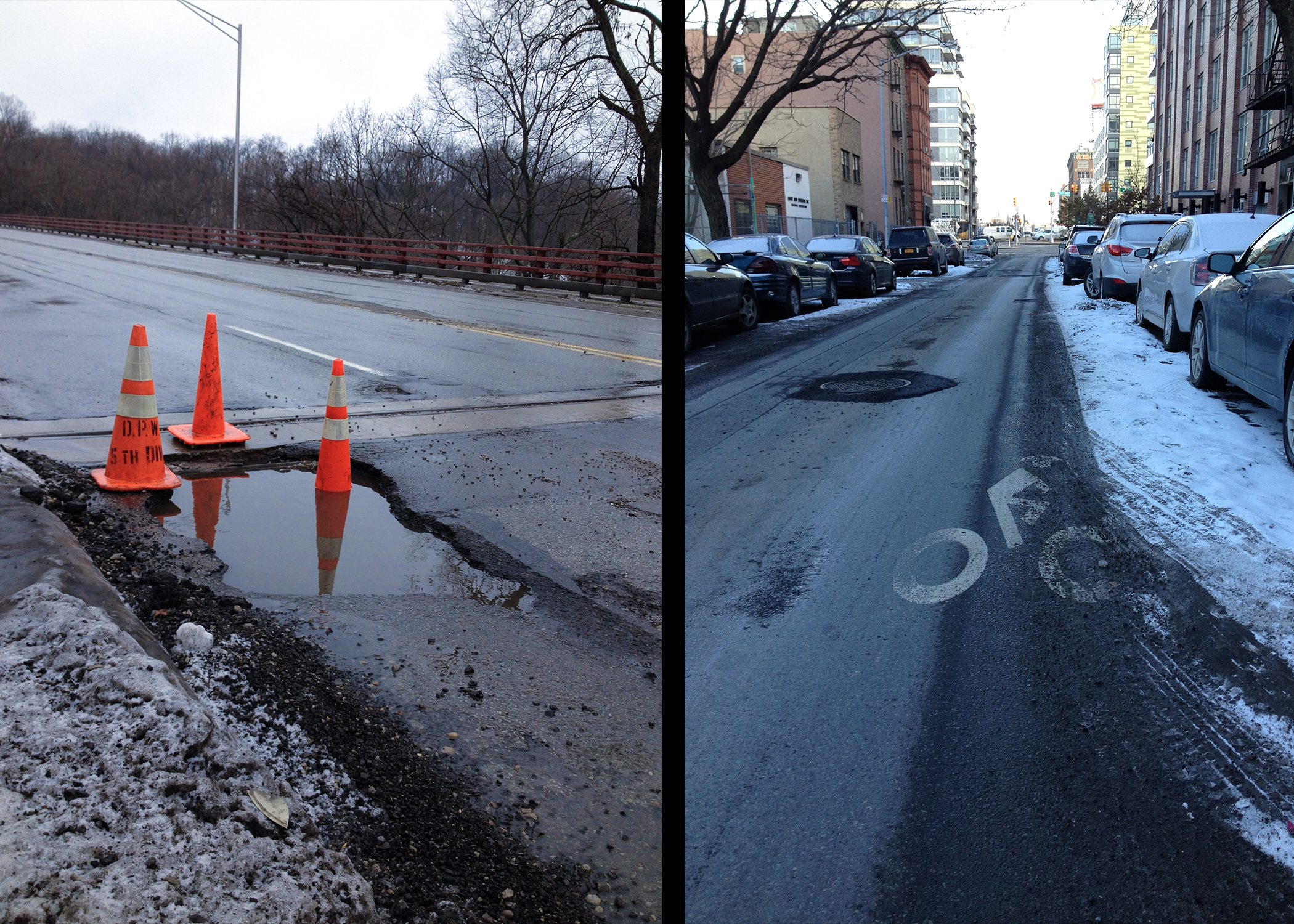
Let’s not forget, of course, that road bikes predate modern pavement made for fast cars. The original road bikes had to be built to withstand all manner of harsh treatment from the local cart tracks and dirt byways. A ‘road’ bike from the mid-20th century and earlier, even a racing bike, was likely made from tough-but-forgiving steel. Old-fashioned tubular tyres are actually pretty great at delivering a smooth, supple feel over rough surfaces (until they go flat). The ‘new’ 27.5″ standard is the same as the old 650b size for audax or randonneuring events. The push to go ever lighter got serious not just with the advent of aerospace technologies such as aluminum and carbon fiber, but only when the road surfaces got smooth enough to allow it.
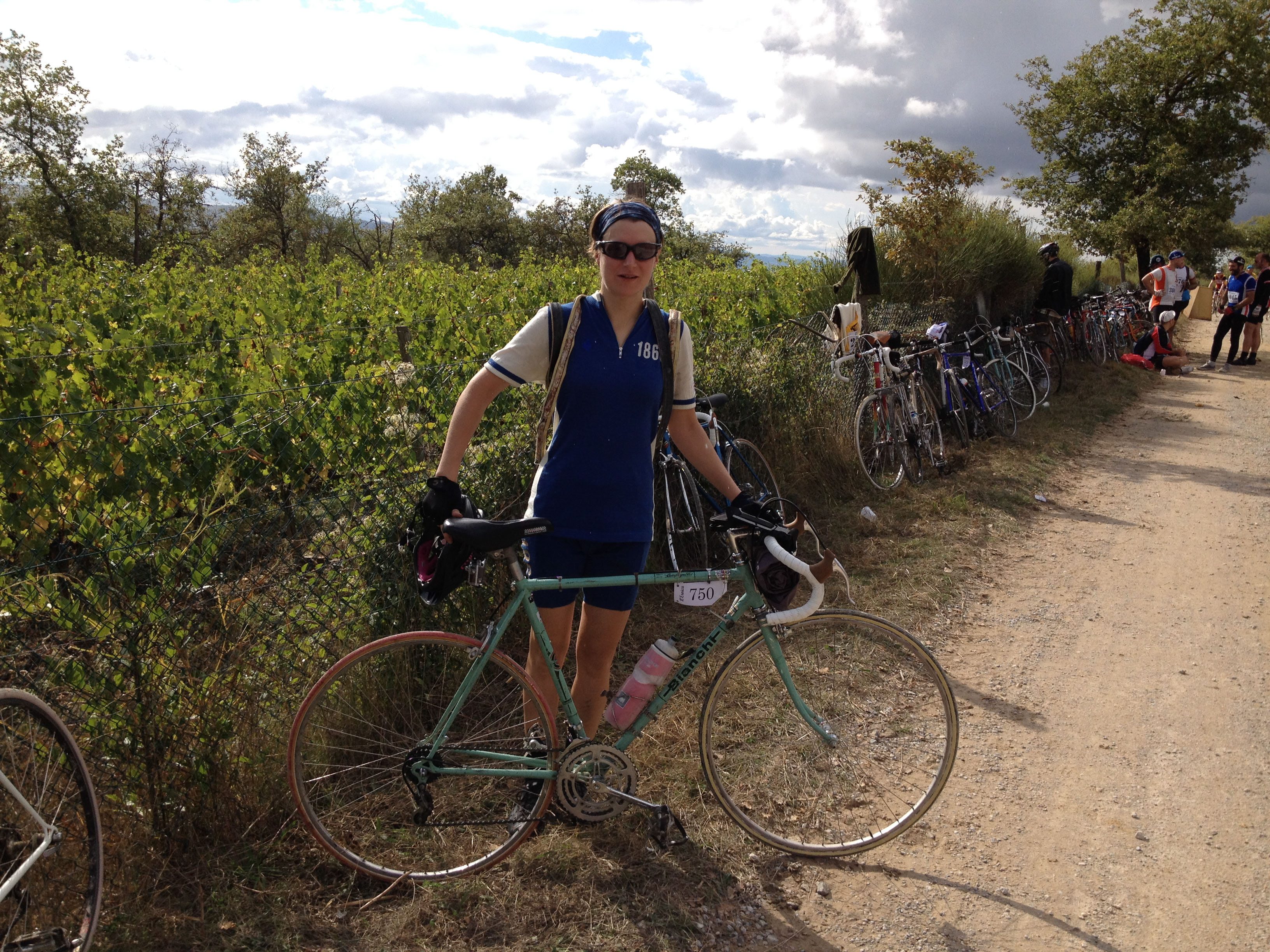
The purpose of a road is to take you somewhere. The best part about gravel/monstercross/adventure touring/etc. bikes is that many more roads are open to the rider, exposing many more cool, otherwise hidden places, maybe even new shortcuts to places you already go. I do also ride and enjoy mountain bikes, quite a lot. But I very rarely travel on one. On a real road bike I can leave my house and end up just about anywhere. Half the fun of planning a bike tour is finding the most obscure, disused roads to take, poking around in the back corners and into the history of a locale, finding old ruins and new vistas.
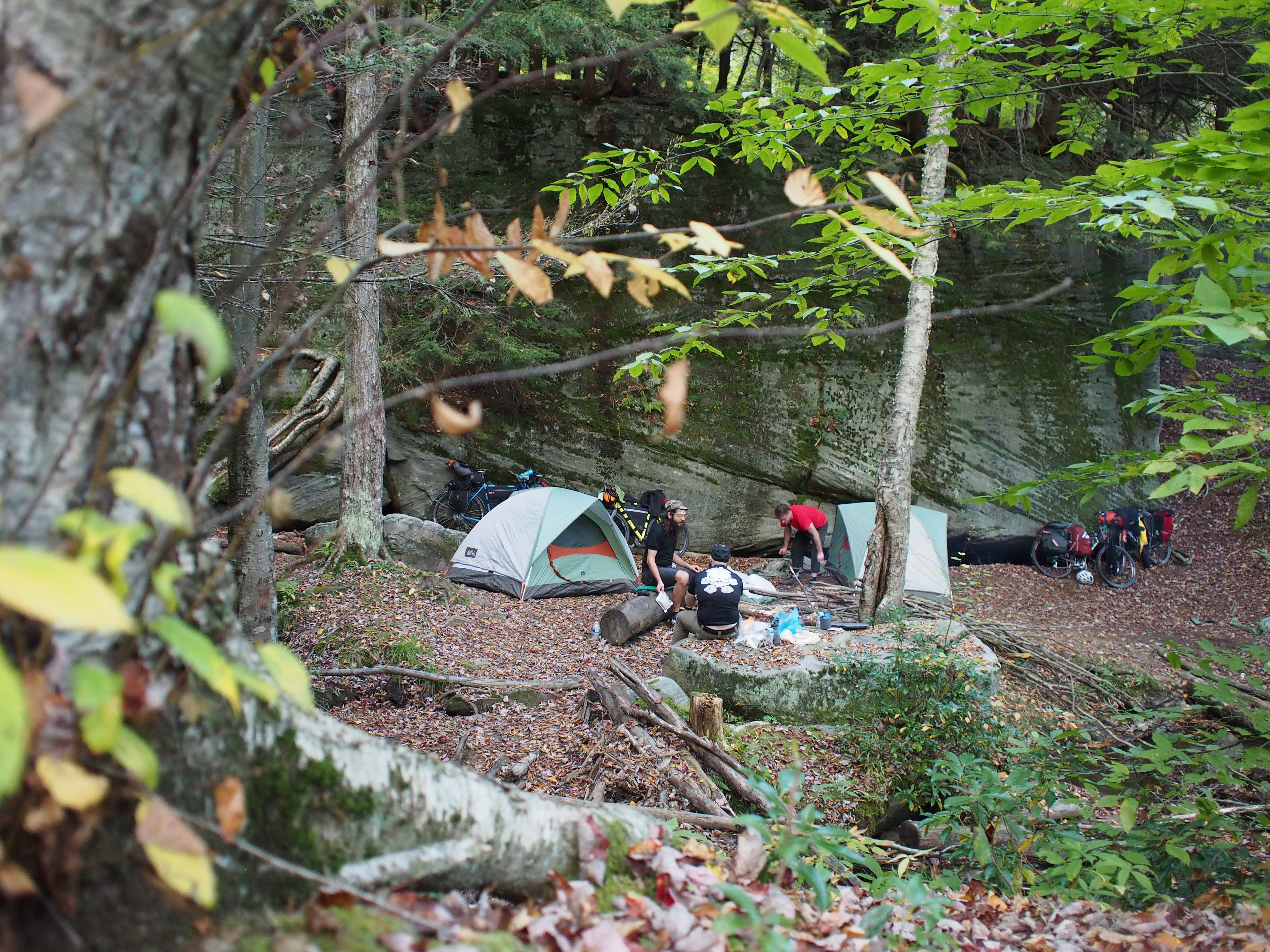
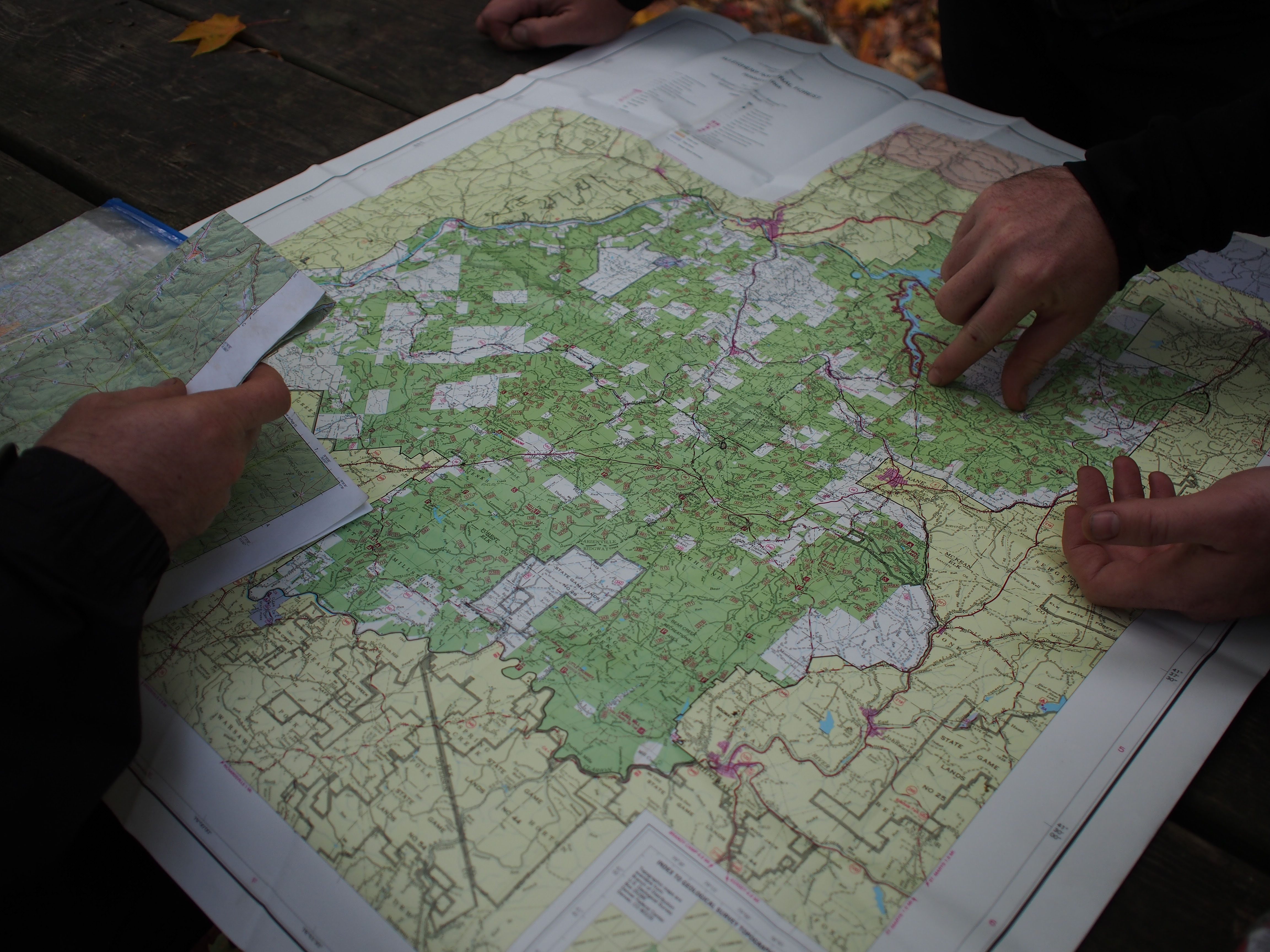
Recently I taught a class on basic bike maintenance. At one point, a student asked a question about bike types; pointing to my ‘cross bike with disc brakes and fat-ish tires, she said, “and whatever that is.” I told her that it was “my version of a road bike.” Next time, I’ll be more clear—it’s a road bike, plain and simple.
So I’ll add another directive to Hannah’s. We ride all the roads. Go forth and declare yourselves and your bikes.


This Is My Road Bike
12 thoughts on “This Is My Road Bike”
Comments are closed.

Great article, sums up the true definition of a road bike nicely.
Great article, sums up the true definition of a road bike nicely.
I don’t know why we can’t call them “rough stuff” bikes like the first riders in the UK did who rode in a similar way all those years back.
I don’t know why we can’t call them “rough stuff” bikes like the first riders in the UK did who rode in a similar way all those years back.
Mine is a “cross” bike. I don’t race cyclocross but I do mostly ride from my front door crossing from tarmac to whatever surface and back again. Being in the UK I rarely see gravel (unless its on some toffs driveway), but do see plenty of cobbles/hardcore (rubble) on old industrial tracks along with farm lanes and trails etc.
Jobro, you’ve just reminded me about the Rough Stuff Fellowship which is still active – must try and look them up.
Mine is a “cross” bike. I don’t race cyclocross but I do mostly ride from my front door crossing from tarmac to whatever surface and back again. Being in the UK I rarely see gravel (unless its on some toffs driveway), but do see plenty of cobbles/hardcore (rubble) on old industrial tracks along with farm lanes and trails etc.
Jobro, you’ve just reminded me about the Rough Stuff Fellowship which is still active – must try and look them up.
“Jobro, you’ve just reminded me about the Rough Stuff Fellowship which is still active”
I’ve looked, seems a bit patchy.
Have a search for some of their journals. Quite mad, but reflective of a “British” gravel scene.
“Jobro, you’ve just reminded me about the Rough Stuff Fellowship which is still active”
I’ve looked, seems a bit patchy.
Have a search for some of their journals. Quite mad, but reflective of a “British” gravel scene.
Hi jobro and 136stu — I had not heard of the Rough Stuff Fellowship — very interesting!
Hi jobro and 136stu — I had not heard of the Rough Stuff Fellowship — very interesting!
First ‘gravel’ bike? Litespeed Appalacian (is that spelt correctly?) circa 1996 although there are bound to be other candidates. As for the RSF, highly recommended
First ‘gravel’ bike? Litespeed Appalacian (is that spelt correctly?) circa 1996 although there are bound to be other candidates. As for the RSF, highly recommended